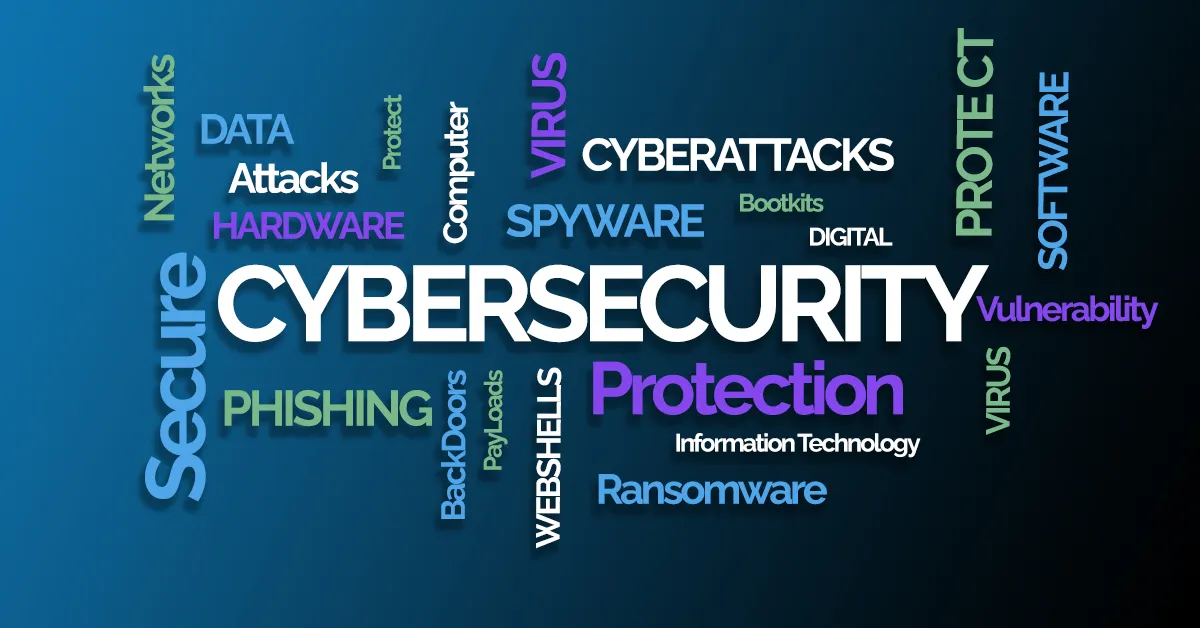Lesson Two: Types of Cyber Threats and How to Deal with Them
More types of cyber threats and how these threats can directly affect us. And practical tips on how to deal with these threats and stay safe.
Learn Cyber Security
February 13, 2025

Lesson Two: Types of Cyber Threats and How to Deal with Them
Welcome back! In the first lesson, we explored the concept of cybersecurity and its importance, and reviewed some real-world examples of cyberattacks. Now, it’s time to dive deeper into the different types of cyber threats and how these threats can directly impact us. We’ll also provide practical tips on how to handle these threats and stay safe.
What Are Cyber Threats?
Cyber threats are any malicious activities that target electronic systems, networks, or data with the aim of breaching, disrupting, or stealing them. These threats can range from simple ones like viruses infecting your computer to complex attacks targeting large organizations.
Let’s now explore the most common types of cyber threats and how we can protect ourselves from them.
1. Malware
What is Malware?
Malware refers to malicious software specifically designed to harm your systems or steal your data. There are several types of malware, including:
-
Viruses : Attach themselves to programs or files and spread infections to other devices when the file is executed.
-
Spyware : Collects your personal data without your knowledge, such as passwords or browsing habits.
-
Ransomware : Prevents you from accessing your files or system until you pay a ransom to the attacker.
How to Deal with Malware?
-
Use Antivirus Software : Ensure you have a trusted antivirus program installed and keep it updated regularly.
-
Avoid Downloading Suspicious Files : Don’t click on links or files sent from untrusted sources.
-
Create Regular Backups : If you fall victim to ransomware, you can restore your files from backups.
2. Phishing
What is Phishing?
Phishing is a type of attack where attackers try to trick you into giving away your personal information, such as passwords or credit card details. This is often done through emails or text messages that appear to be from a trusted source.
How to Protect Ourselves from Phishing?
-
Verify the Sender : Before clicking any link, ensure the email or message is from a trusted source.
-
Avoid Entering Sensitive Data via Links : Even if the message looks legitimate, avoid entering personal information via links. Instead, open the website directly in your browser.
-
Use Anti-Phishing Tools : Many modern web browsers come with tools that help detect phishing sites.
3. DDoS Attacks (Distributed Denial of Service)
What Are DDoS Attacks?
DDoS (Distributed Denial of Service) attacks aim to overwhelm a system or network with an enormous amount of requests, causing the service to crash. For example, these attacks can bring down a popular website for a period of time.
How to Protect Ourselves from DDoS Attacks?
-
Use DDoS Protection Services : Many hosting providers offer DDoS protection services.
-
Monitor the Network : If you manage a private network, ensure you have monitoring systems in place to detect any unusual activity.
4. Social Engineering
What is Social Engineering?
Social engineering relies on exploiting human trust to obtain sensitive information. For example, an attacker might pretend to be a bank employee and ask you to provide your personal information.
How to Protect Ourselves from Social Engineering?
-
Be Cautious of Information Requests : Never provide personal information unless you are absolutely sure of the identity of the person requesting it.
-
Train Employees (for Businesses) : If you work in an organization, ensure employees are trained to recognize social engineering tactics.
5. Wi-Fi Network Vulnerabilities
What Are the Risks of Wi-Fi Networks?
Public wireless networks (such as Wi-Fi in cafes and airports) can be insecure and expose your data to risk. Attackers can intercept your traffic and steal your information.
How to Protect Ourselves When Using Public Networks?
-
Use a Virtual Private Network (VPN) : A VPN encrypts your traffic, making it harder for attackers to intercept your data.
-
Avoid Accessing Sensitive Accounts : Avoid logging into your banking accounts or any sensitive accounts when using public Wi-Fi networks.
Lesson Summary
In this lesson, we reviewed the most important types of cyber threats and how they can impact us. We also learned how to deal with each type of threat, whether by using protective software, avoiding suspicious links, or improving personal security practices.
What’s Next?
In the next lesson, we will discuss password management and personal security . You’ll learn how to create strong passwords, use password managers, and enable two-factor authentication to better protect your accounts.
Tip for Followers
Remember, awareness is the first step toward security . The more aware you are of potential threats, the better equipped you’ll be to protect yourself. Stay tuned for upcoming lessons to learn more about how to enhance your digital security!
Comments

There are no comments
Please login to leave a review







